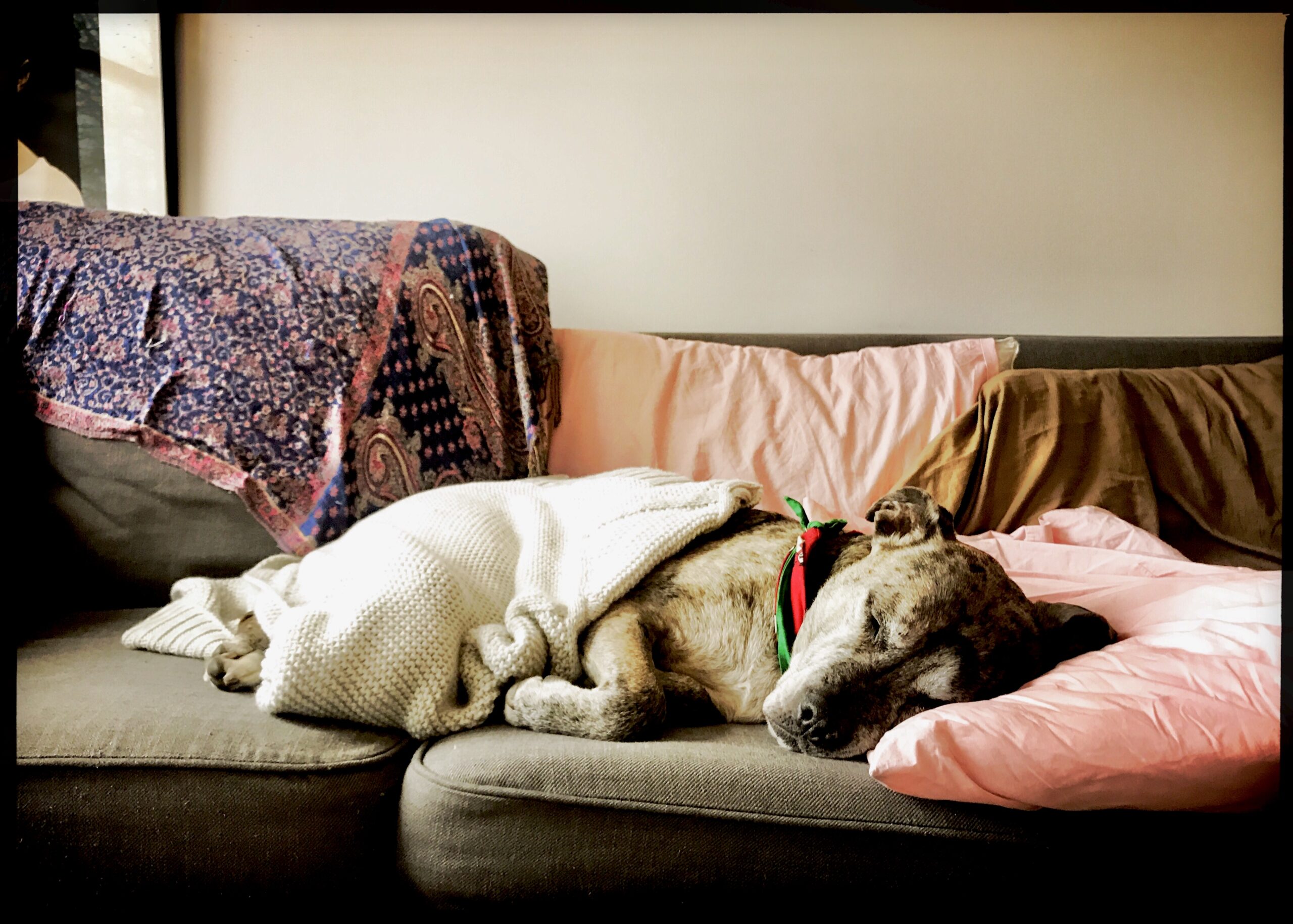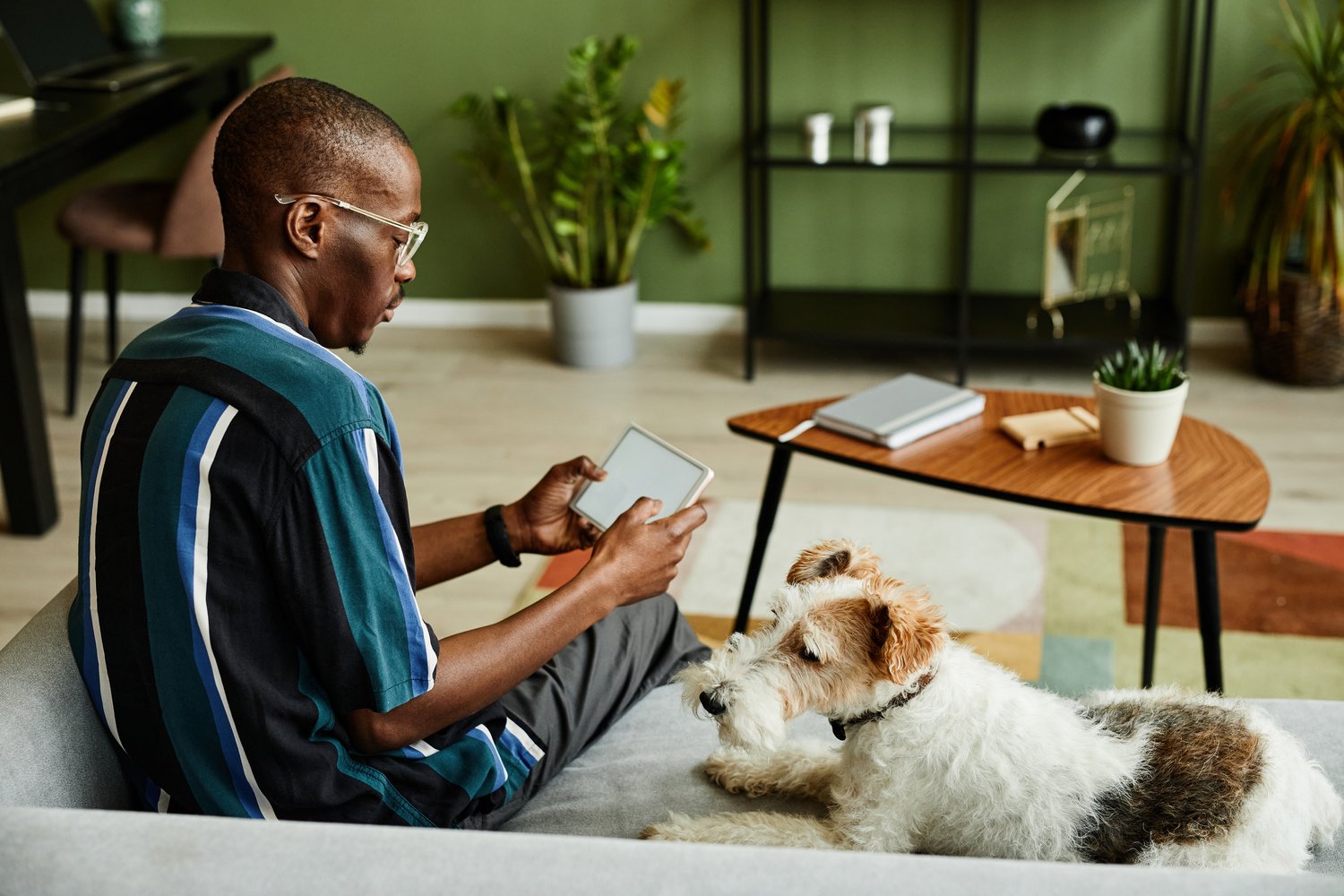As our beloved pets grow older, they begin to face the same challenges we do, such as decreased mobility, aches, and changes in their physical needs. Aging pets require extra care and attention to ensure they remain comfortable and happy in their later years. As a pet owner, making a few key changes in your home can greatly enhance your pet’s quality of life. Here are five simple yet effective home improvements you can make to help your aging pet feel more comfortable, secure, and content.
1. Install Low or Ramp Access to Furniture
One of the most common issues that aging pets face is difficulty jumping onto or off furniture. Whether it’s your pet’s favorite spot on the couch, the bed, or a chair, the act of jumping can cause unnecessary stress on their joints and muscles. For pets with arthritis, hip dysplasia, or general mobility issues, these seemingly small tasks can become painful or even impossible.
To address this, consider installing low-rise furniture or adding ramps and stairs to key areas in your home. Pet ramps are an excellent choice as they offer a gentle slope, allowing your pet to easily climb onto a couch, bed, or even into a car without straining their joints. Look for ramps with non-slip surfaces for added safety and comfort. Alternatively, if you’re comfortable with it, you can install custom stairs or a platform for smaller pets that have trouble getting up high.
By creating easier access to the places they love, you’ll help your aging pet retain their independence while also reducing strain on their body.
2. Create a Cozy, Easily Accessible Resting Space
Aging pets tend to sleep more, and just like humans, they need a comfortable, quiet, and secure place to rest. In their younger years, they may have been content to nap anywhere, but as they age, they might need extra support for their joints and muscles to ensure a restful sleep.
Consider investing in an orthopedic bed or a memory foam mattress for your pet. These beds are specifically designed to offer support for older pets with arthritis or other joint issues. They help alleviate pressure points and provide a much-needed cushion for tired bones.
Additionally, place the bed in a quiet area of the house where your pet can rest undisturbed. Make sure it’s easily accessible, meaning it should not be in a high-traffic area where they might struggle to reach it, especially if they have difficulty with stairs or navigating obstacles. If your pet is prone to accidents, waterproof liners or covers will keep the bed hygienic and long-lasting.
Creating a peaceful retreat where your pet can relax and recuperate will help ensure they feel safe and secure as they age.
3. Improve Lighting for Better Visibility
As pets age, their vision often declines, and they may struggle with seeing in low light conditions. This can be especially challenging at night when they’re trying to navigate the house. Poor lighting can lead to accidents, such as tripping over furniture or falling down stairs, which is particularly dangerous for senior pets.
To help your aging pet, consider adding nightlights or low-level lighting along key areas of the house. For example, you might place nightlights in hallways, stairs, or by their food and water bowls to ensure they can see clearly in low light. Motion-activated lights can be particularly helpful since they’ll automatically turn on when your pet walks by.
In addition, you could install brighter overhead lights in key rooms or replace bulbs in frequently used areas, such as the living room, kitchen, or bedroom. With better lighting, your aging pet will have an easier time navigating their environment, and it can also help prevent accidents or falls.
4. Minimize Slippery Surfaces
As pets age, they can lose their agility and balance, and slippery floors can become a real hazard. Hardwood, tile, and even some types of vinyl flooring can be particularly difficult for older pets to navigate. Whether they’re walking across the kitchen floor or trying to climb stairs, a lack of traction can cause slips, falls, and injuries.
To remedy this, consider installing non-slip rugs or mats in high-traffic areas, such as the hallway, kitchen, and near the stairs. These rugs not only provide more grip but can also add a touch of warmth and comfort to the space. Make sure the mats are secured properly, as loose rugs can become tripping hazards themselves.
If possible, you might want to invest in pet-friendly flooring options designed for traction. Certain types of rubber-backed vinyl or textured laminate are slip-resistant and can provide a safer environment for your aging pet. These flooring options are particularly useful if your pet spends a lot of time on the floor, as they help prevent slipping and promote stability.
5. Provide Easy Access to Food and Water
An aging pet may have difficulty reaching their food and water bowls if they’re placed too low or too high. As pets age, they may develop neck or back pain, which can make it hard for them to bend down or stretch upward to access food and water.
Elevated food and water bowls can be an excellent solution. These bowls are placed at a comfortable height for your pet, reducing the strain on their neck and back. You can purchase specially designed raised bowls or use an adjustable stand to find the ideal height for your pet’s needs. Elevated feeders can also help reduce discomfort, especially if your pet suffers from digestive issues, as it can make eating and drinking more comfortable.
Be mindful of where you place the bowls, too. Ensure that they are in a quiet, easy-to-access area so your pet doesn’t have to navigate obstacles to get to their meals. Keeping their food and water bowls within easy reach will help ensure your pet stays hydrated and nourished without unnecessary effort.
Final Thoughts
As pets grow older, they may need extra help to feel comfortable and secure in their home environment. Simple home modifications, such as adding ramps, providing orthopedic bedding, improving lighting, reducing slippery surfaces, and ensuring easy access to food and water, can significantly enhance the comfort of aging pets. These thoughtful changes show your pet that you care and are committed to ensuring their later years are as happy and pain-free as possible.
Remember, every pet is different, and it’s essential to consider their individual needs. As you implement these changes, keep in mind the specific challenges your pet faces, and adjust accordingly. By making your home more senior-pet-friendly, you’re not only improving their quality of life but also strengthening the bond between you and your loyal companion.



